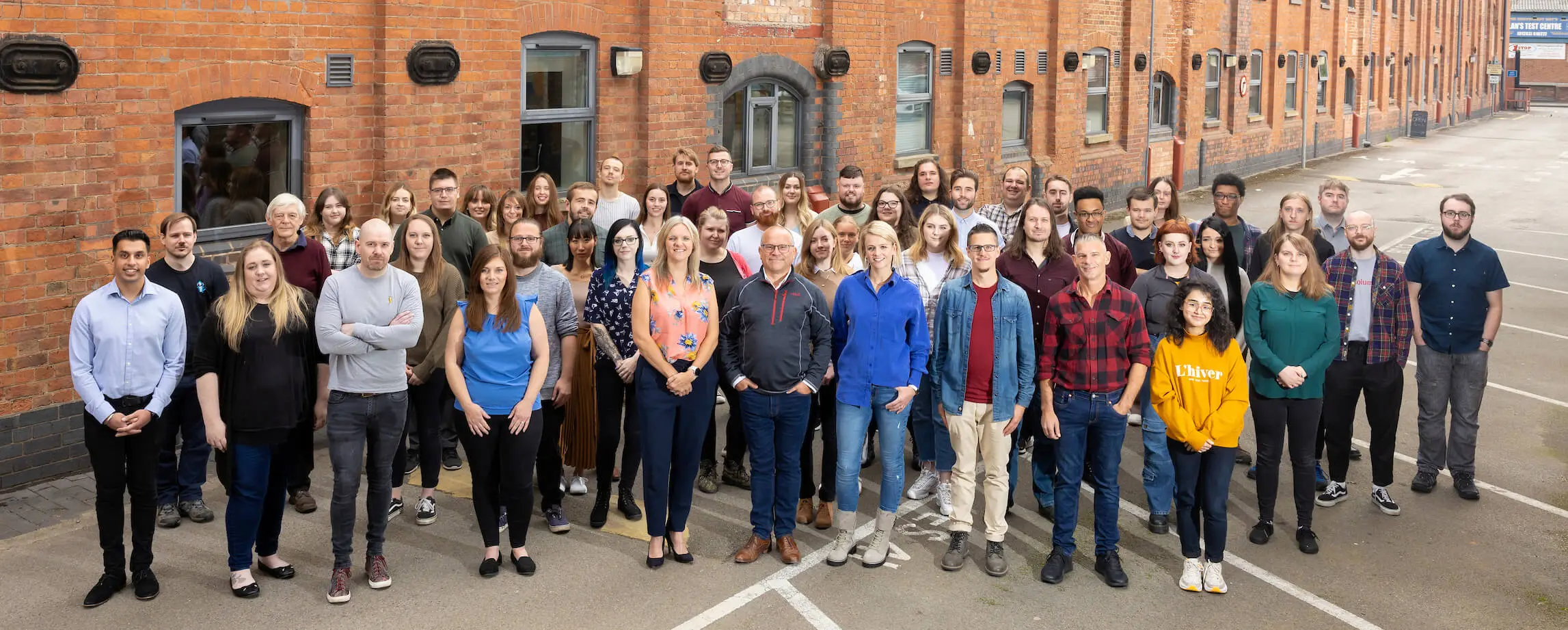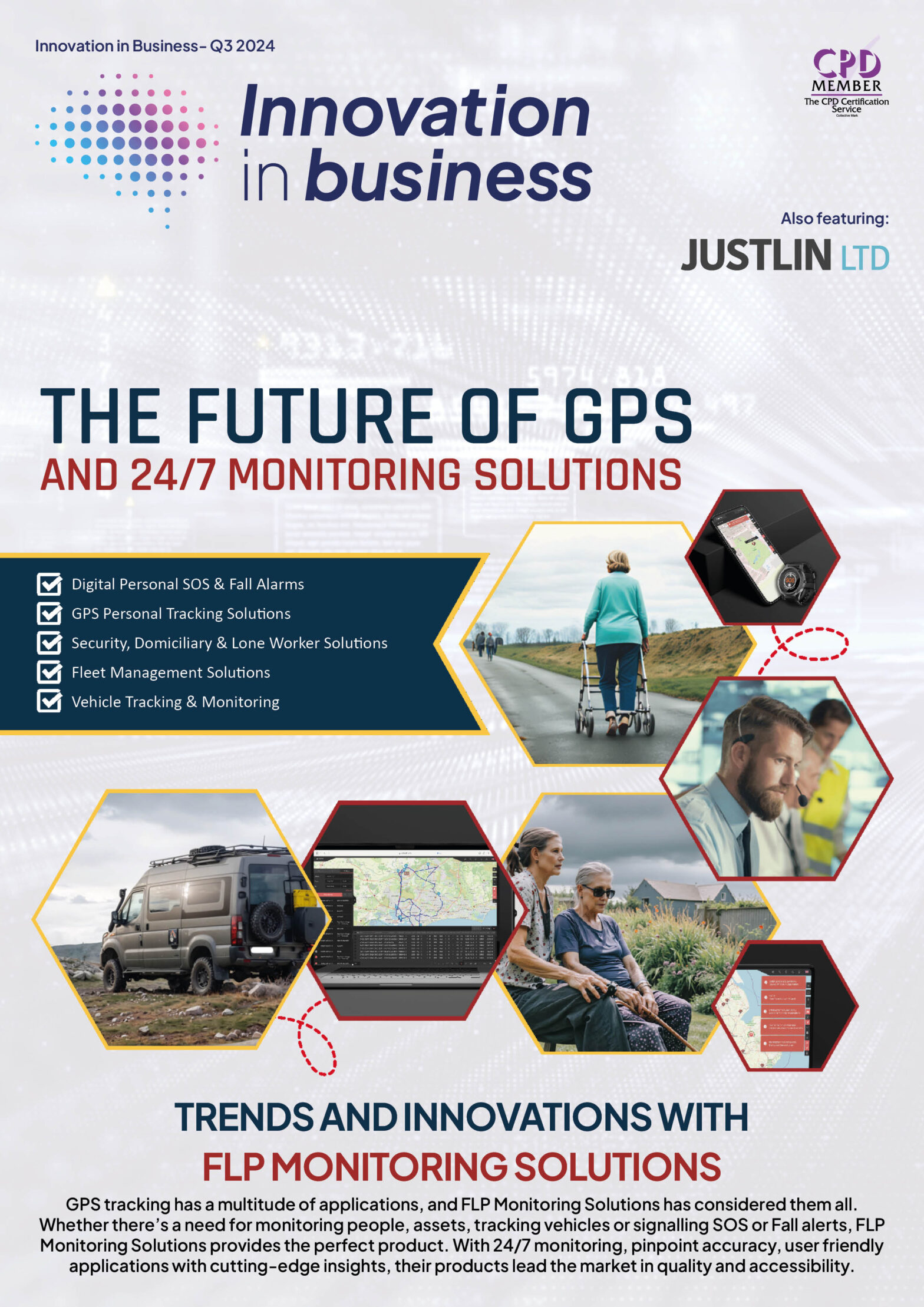
Almost Half of Businesses Have Now Implemented Machine Learning, But What is Next for the Technology?
5 February 2024

By Bartek Roszak, Head of AI at STX Next
The popularity of machine learning (ML) has skyrocketed in recent years, driven largely by its ability to process data at much faster speeds than humans and produce invaluable insights to unlock business value. By 2026, Gartner predicts that over 80% of enterprises will have used GenAI APIs and models and/or deployed GenAI-enabled applications in production environments, up from less than 5% early 2023.
Recent STX Next research found that at present, almost half of businesses have now implemented machine learning into business processes in some way, with the most common application being image detection/segmentation, followed by recommendation systems and optical character or text recognition.
Despite the growth in popularity of artificial intelligence (AI) and ML across a number of industries, there is still a huge amount of unrealised potential, with many businesses playing catch-up and still planning how ML solutions can best facilitate processes. Further progression could be limited without investment in specialised technical teams to drive development and integration.
Room for growth
At present, STX Next data suggests that 50% of CTOs still do not have a single member of staff employed in an AI, ML or data science role at present, underlining the scale of the progress that still needs to be made. To add to this, just a quarter of companies have a separate AI/data division and 38% have between just one and five team members in a dedicated AI/ML or data science role.
Clearly, while many leaders acknowledge AI’s potential, there is still a need for more investment in specialised resources to support its development. Implementing machine learning in one form or another will soon be crucial in keeping pace with changes in the industry and meeting customer expectations. As with the roll-out of any new technology, its success relies on investment in time, headcount and finances.
This will no doubt become more prominent over the next year and beyond as organisations look for more ways to economically and efficiently scale their business and tackle new challenges. In many cases, leaders will need to assess the extent to which off-the-shelf ML solutions can support their businesses, and work out how much they need to invest in R&D to deliver the required level of expertise.
AI ≠ ChatGPT
AI’s popularity and constant presence in headlines this year has been driven largely by the success of large language models like ChatGPT. However, AI has many use cases beyond models like these and can support many business functions that organisational leaders may not yet be aware of.
In 2024, we’ll no doubt see an increase in uptake of AI and ML in other business processes. While large language models serve a valuable purpose, they are just one part of AI and ML’s arsenal.
The most common applications of AI at the moment are largely unsurprising, as AI’s ability to tackle repetitive processes and recognise patterns within images and text is clear and evident. What is surprising is that these are still only adopted by a quarter of businesses. AI can and will revolutionise many industries, but there is still work to be done in educating the market on its capabilities.
Striking the balance
AI and ML’s popularity shows no sign of slowing. CTOs looking to stay ahead of the curve should embrace its potential, remaining careful to balance the needs of the business with the unique needs of clients and customers.
There is also the need to balance the implementation of AI with support for existing employees. In many cases, AI can enable people to exceed in their roles and create new efficiencies, rather than replacing them altogether. Businesses that are able to leverage its potential by enhancing their skillsets will reap the rewards in 2024.

Technology
25 March 2025
Ransomware-As-A-Service Variants on the Rise With Critical Infrastructure Providers at the Greatest Risk

Business Advice
25 March 2025
Claims Processing Automation: How Insurers Can Cut Costs and Improve CX

Technology
18 March 2025
Secret Signs Your Internet Security Has Been Compromised






















